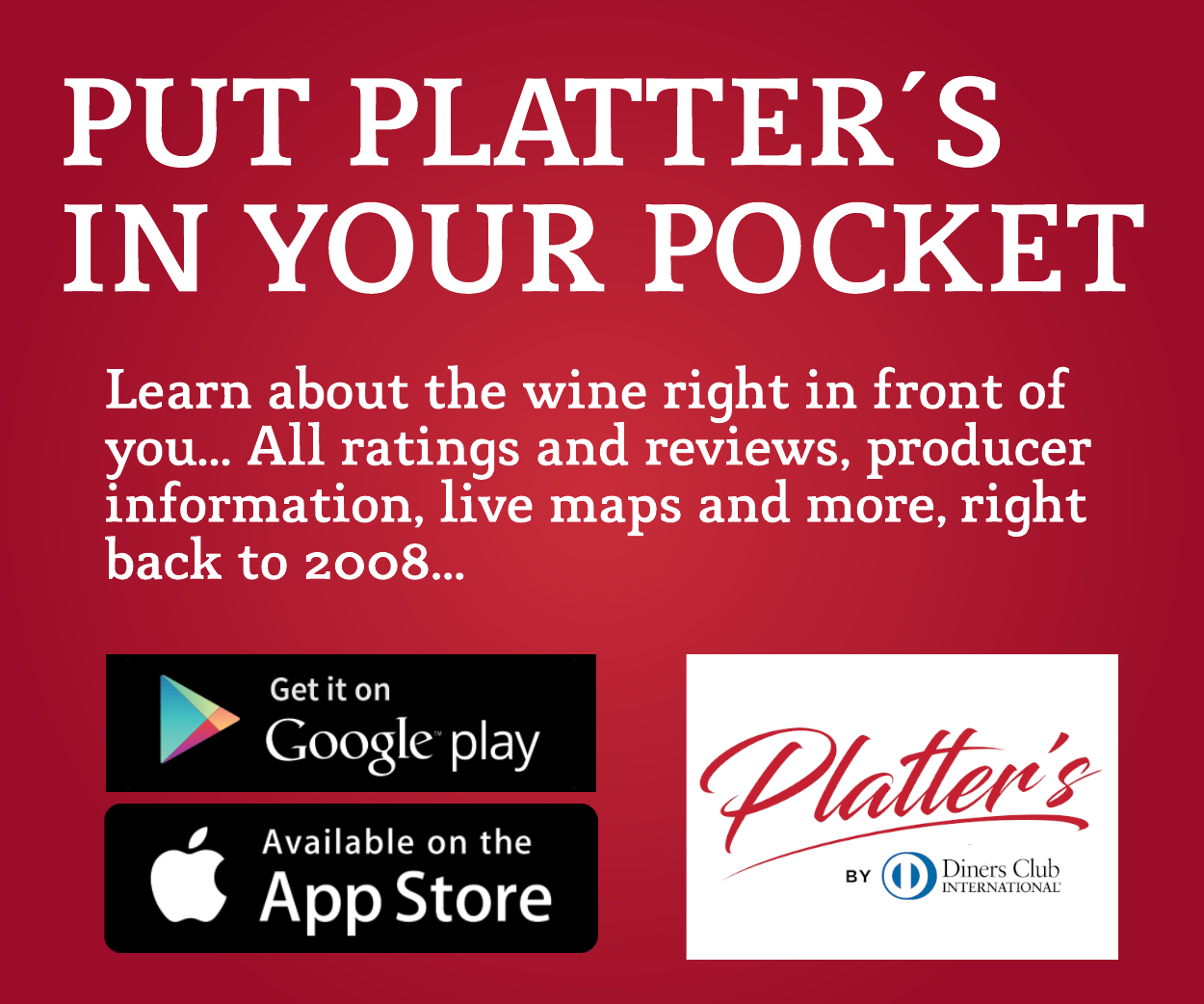Platter's prestige tasting highlights SA wines' longevity
Topics: Abrie Beeslaar, Beyers Truter, Boekenhoutskloof, Cape Wine 2015, Chamonix, David Wong, Johann Krige, Kanonkop, Marc Kent, Matthew Jukes, Natasha Williams, Nederburg, Nomblot, Paul Sauer, Pichon Longueville Comtesse de Lalande, Platter's Guide, Porseleinberg, South Africa, South African wine, wine
With wine trade and media from 58 countries recently in Cape Town for Cape Wine 2015, Platter’s Guide in conjunction with four producers previously named Platter’s Winery of the Year held an exclusive tasting aimed at showcasing what South Africa can achieve in terms of ageability.
Platter’s associate editor Cathy van Zyl MW hosted the event alongside publisher JP Rossouw, and presented two vintages of a particular wine from the participating cellars.
The prestigious Winery of the Year accolade, introduced in 2008, is largely the editor’s choice and recognises a winegrowing team who are ambassadors par excellence for South African wine. The award also takes account of the number of 5 star ratings achieved by a producer in the year of publication.
First up in the tasting was Franschhoek cellar Chamonix, Winery of the Year in 2013 when it achieved four 5 star ratings. Two vintages of its Reserve Chardonnay were poured: 2008 and 2012, from (now) 30-year-old vines planted in a single vineyard on greywacke soils. Both wines underwent spontaneous fermentation in traditional 228-litre French barriques, where they then matured for a further 14 months. However, 20% of the 2012 was matured in Nomblot ‘eggs’, its remarkably bright, citrusy freshness and almost crystalline purity suggesting that it will age even better than the 2008, which is drinking beautifully now, its oak integration seamless.
PLAYING WITH THE AROMATICS
Winery of the Year in 2011, with five 5 star wines, was Nederburg, where Natasha Williams is now responsible for the white wines. She was on hand to present the 2007 and 2011 vintages of the Ingenuity White, a bold eight-way blend usually based on sauvignon blanc and semillon as well as some wooded chardonnay and chenin blanc. “Once we have the base, we start playing with the aromatics,” explained Williams.
The 2007 showed some bottle variation, its herbaceousness (partly from the 3% nouvelle component) showing either as “fresh” or “a bit hard and green” depending on where guests were sitting, but the 2011 impressed with its more generous fruit, creamy texture and spice.
Wine of the evening for many (including British journalist, author, wine buyer, lecturer and wine judge Matthew Jukes, who led a round of applause for it) was the Syrah 1997 from Franschhoek cellar Boekenhoutskloof, which was named Winery of the Year in 2012 after achieving its 14th 5 star rating in 12 years. Now spicy and leathery, yet still packed with sweet red fruit, this was the wine that put Boekenhoutskloof on the international map.
EXCEEDING ALL EXPECTATIONS
The as-yet-unreleased 2013, meanwhile, is redolent of fynbos and spice – and it marks a shift from Wellington to Swartland grapes. “This wine is around 20% Swartland fruit from our Porseleinberg and Gold Mine sites but we’re moving towards 100% – possibly even from the 2015 vintage, which was spectacular,” said chief winemaker Marc Kent.
Even older than the Boekenhoutskloof Syrah 1997 was the Paul Sauer 1995 produced by Stellenbosch estate Kanonkop, Winery of the Year in 2009. “I don’t make wine but I live it,” quipped proprietor Johann Krige before introducing the Bordeaux-style blend of 70% cabernet sauvignon with 15% each cabernet franc and merlot, revealing that then-cellarmaster Beyers Truter didn’t rate the vintage particularly highly. “The 1995 exceeded all expectations.”
2009, on the other hand, is generally regarded as having been a superb vintage – and it resulted in a wine described by UK presenter, writer and consultant Angela Mount as having “beautiful poise and balance”. The Paul Sauer 2009 was made by Abrie Beeslaar in much the same way as the 1995, including 24 months of maturation in new oak. “They’re both very classic in style,” said Krige, “and both received the Pichon Longueville Comtesse de Lalande trophy for best blended red wine at the International Wine & Spirit Competition in London.”
Van Zyl concluded with the hope that these four wines, over two vintages, showed that South African wines were capable of ageing gracefully. “An excellent tasting indeed,” agreed Macau-based chef, author restaurant critic, wine educator and judge David Wong.

